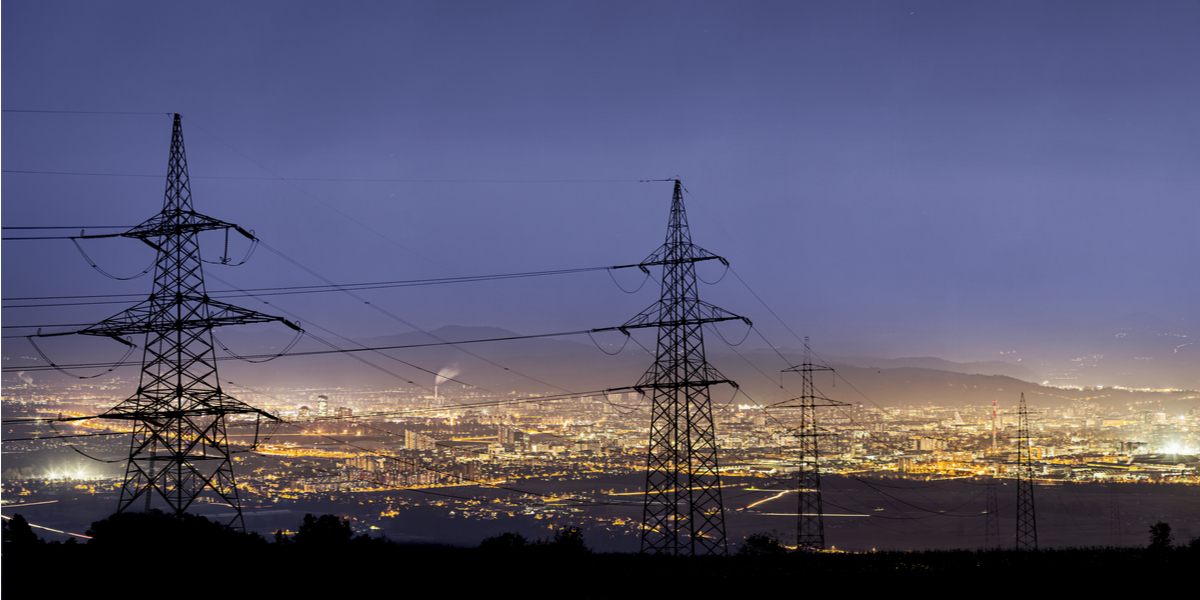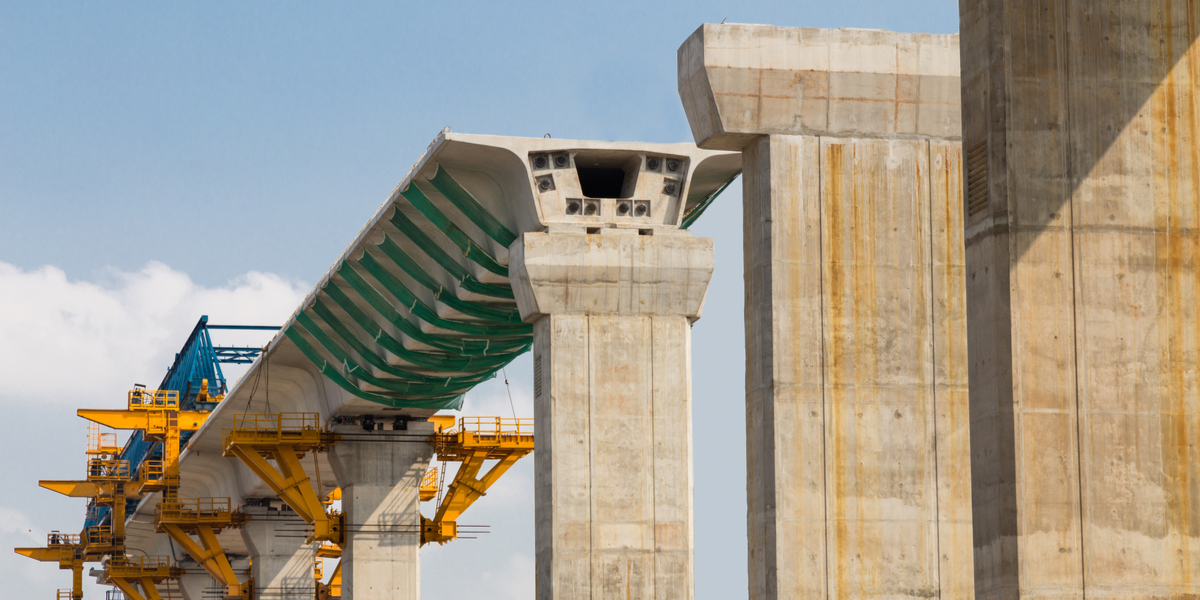Connecting the ‘Incentive Disconnect’ in Rentals
Let's Save Energy
Alliance to Save Energy's Blog
Connecting the ‘Incentive Disconnect’ in Rentals

For many homeowners, the reason for investing in energy efficiency is simple: It will reduce their energy bills and put more money in their pockets for years. But a climate plan recently released by Senate Democrats highlights a stubborn challenge around energy efficiency in rental properties, where landlords and tenants alike are trapped in a market that ignores the value of efficiency. When landlords include the cost of energy and/or water usage in a tenant’s rent, tenants are not incentivized to watch their energy consumption. On the other hand, for the 88% of rental households that are responsible for paying the energy bill themselves, landlords have little incentive to invest in high-efficiency insulation, appliances, LED lighting, and other measures that reduce energy usage.
Often called a “split incentive” or “incentive disconnect,” this has left many behind. While federal policies have long supported efficiency improvements for commercial buildings and homeowners, there is little policy addressing the rental market. It’s estimated that between $4 and 11 billion in energy savings each year are being left on the table without extensive weatherization and energy efficiency retrofits for low-income rental properties alone.
The Senate report underscored just how vexing this challenge is. While the report names specific policies to address other climate-related issues, it simply said that “creative new policy” is needed to address the rental market. We agree. Creative solutions to this problem will come in many forms, and should build on both “carrot” and “stick” solutions that have worked at the state and local level.
Of course, we can’t forget the critical importance of strong building energy codes that set minimum performance for new homes and buildings. While these codes are adopted at the local and state level, the U.S. Department of Energy plays a strong role in providing technical assistance and other resources to develop a model code, and we should be doing more to help states adopt the latest model codes (building codes provisions in the “Portman-Shaheen” energy efficiency bill would do just that).
Another path could be new federal incentives for landlords’ efficiency investments. Currently, the Sec. 25C tax credit for homeowner efficiency improvements, for example, is available only for the taxpayer’s primary home. Expanding that to cover rental properties could give landlords enough of a nudge to make the investment in improved efficiency when replacing components like air conditioners or water heaters.
Local and state governments are also starting to lead the way. Boulder, Colorado, in partnership with Boulder Area Rental Housing Association members and energy efficiency advocates, was one of the first cities to define minimum efficiency standards for rental housing. These standards, called SmartRegs, required all new rental housing licenses to have proof of compliance starting in 2019. At an average cost of less than $3,000 to upgrade each residential property, Boulder’s renters are expected to save $1,100,000 on their energy bills each year. At the same time, the town is now avoiding 8,300 metric tons of carbon emissions each year – the equivalent of taking nearly 7,000 passenger vehicles off the road.
Alliance Associate NYSERDA has taken a different approach. After years of offering one-off grants for efficiency upgrades as tenants moved out of units, it was clear that meeting statewide efficiency goals would require a more comprehensive strategy. RetrofitNY uses public dollars to create a market for retrofitting buildings to reach a high-efficiency standard, aiming to spur the retrofitting of rental housing at greater scale. To maximize cost-effectiveness, NYSERDA is focusing on initially working with building owners to retrofit low-rise garden apartments and is working with California and British Columbia to establish similar standards to create a greater economy of scale and reduce costs of compliance. Equipment such as prefabricated panels mean that tenants do not have to move out of their units for a retrofit. The program is also creating a robust construction and manufacturing industry in New York and will no longer require grants once it achieves scale.
Low-income rental housing is just under 2% of the total energy consumption in the United States and the cost impact of efficiency improvements for reducing renters’ energy burden – which is 13% higher than for homeowners – could be significant. Success in tackling one of the most complex efficiency problems in the housing sector will require engagement of many stakeholders – including landlords, tenants, renters’ associations, efficiency advocates, homebuilders, and more. The Alliance encourages policymakers to bring these groups to the table, along with cities that have implemented creative new programs, to find innovative solutions to this problem.
STAY EMPOWERED
Help the Alliance advocate for policies to use energy more efficiently – supporting job creation, reduced emissions, and lower costs. Contact your member of Congress.
Energy efficiency is smart, nonpartisan, and practical. So are we. Our strength comes from an unparalleled group of Alliance Associates working collaboratively under the Alliance umbrella to pave the way for energy efficiency gains.
The power of efficiency is in your hands. Supporting the Alliance means supporting a vision for using energy more productively to achieve economic growth, a cleaner environment, and greater energy security, affordability, and reliability.



